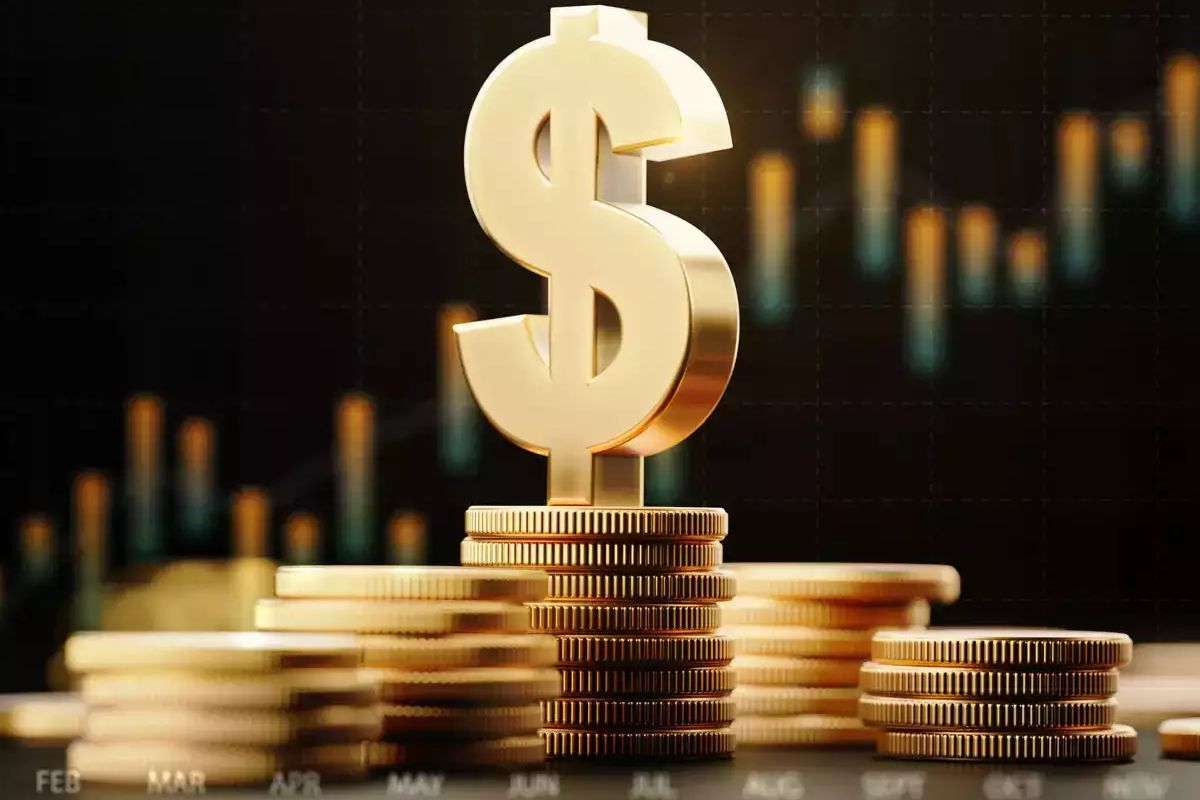The rupee hit an all-time low of 85.87 against the US dollar on Wednesday, continuing its downward trend for the second consecutive session. This decline is primarily driven by rising crude oil prices and a strengthening US dollar, alongside subdued performance in domestic equity markets and persistent foreign fund outflows. The currency opened at 85.82 in the interbank foreign exchange market and touched the lowest-ever level of 85.89 during intra-day trading.
Forex analysts attributed the rupee’s fall to a combination of external and domestic factors, which have heightened investor caution. Slower domestic economic growth, subdued market activity, and global uncertainties have collectively weighed on the Indian currency, signaling continued challenges ahead.
Rising Dollar And Crude Oil Prices
The global rally in crude oil prices has been a significant factor in the rupee’s weakening. India, being a major oil importer, is particularly vulnerable to fluctuations in crude prices. An increase in oil prices leads to higher import costs, putting pressure on the current account deficit and weakening the currency.
Meanwhile, the US dollar has been strengthening against major currencies, driven by expectations of stricter monetary policies under the Trump administration. The dollar index, which measures the greenback’s strength against a basket of six currencies, rose by 0.35% to 108.76 on Wednesday. This surge has further pressured the rupee, as emerging market currencies often suffer in the face of a stronger dollar.
Sriram Iyer, Senior Research Analyst at Reliance Securities, remarked, “The Indian Rupee could open weaker against the Dollar on Wednesday tracking an overnight rally in the Dollar and U.S. bond yields. The broad range for the $-rupee spot remained between 85.6800 to 85.8700 this Wednesday.”
Economic Slowdown Compounds Challenges
Adding to the rupee’s decline, the Indian government recently revised its GDP growth forecast for 2024-25 to 6.4%, marking the lowest growth rate in four years. This is lower than the Reserve Bank of India’s earlier projection of 6.6%.
The subdued GDP growth reflects weaker performance in manufacturing and services sectors. The last time India faced such low growth was during the COVID-19 pandemic in 2020-21, when the economy contracted by 5.8%. By comparison, the fiscal year ending March 2024 saw robust growth of 8.2%.
The slowing economy has dampened investor sentiment, with foreign institutional investors (FIIs) pulling out significant funds from Indian markets. On Tuesday, FIIs offloaded Rs 1,491.46 crore in the capital markets on a net basis, further weakening the rupee.
Muted Domestic Market Performance
Domestic equity markets have also experienced subdued activity, adding to the rupee’s struggles. On Wednesday, the 30-share BSE Sensex fell by 180.32 points, or 0.23%, to close at 78,018.79. Similarly, the Nifty dropped 47.35 points, or 0.20%, to 23,660.55.
The weakened performance of equity markets reflects broader concerns over slowing economic growth and external pressures. Analysts note that these factors are likely to keep the rupee under pressure in the near term.
Impact Of US Monetary Policies
The US election campaign and subsequent victory of Donald Trump on November 5, 2024, have also played a role in the rupee’s weakening. Expectations of stringent monetary policies under the Trump administration have bolstered the dollar, making it more attractive to investors and leading to capital outflows from emerging markets like India.
Forex analysts have observed that the rupee has been on a declining trajectory since late October 2024, coinciding with the US election period. The uncertainty around US monetary policies has added to global market volatility, impacting currencies worldwide.
Looking Forward
The rupee’s continued decline highlights the need for measures to stabilize the currency. Analysts suggest that addressing structural economic challenges, improving domestic market performance, and fostering investor confidence could help mitigate the impact of external pressures.
However, with global crude prices remaining high and the dollar showing sustained strength, the rupee’s near-term outlook appears challenging. Stakeholders will closely monitor developments in global markets and domestic economic policies for signs of stabilization.


